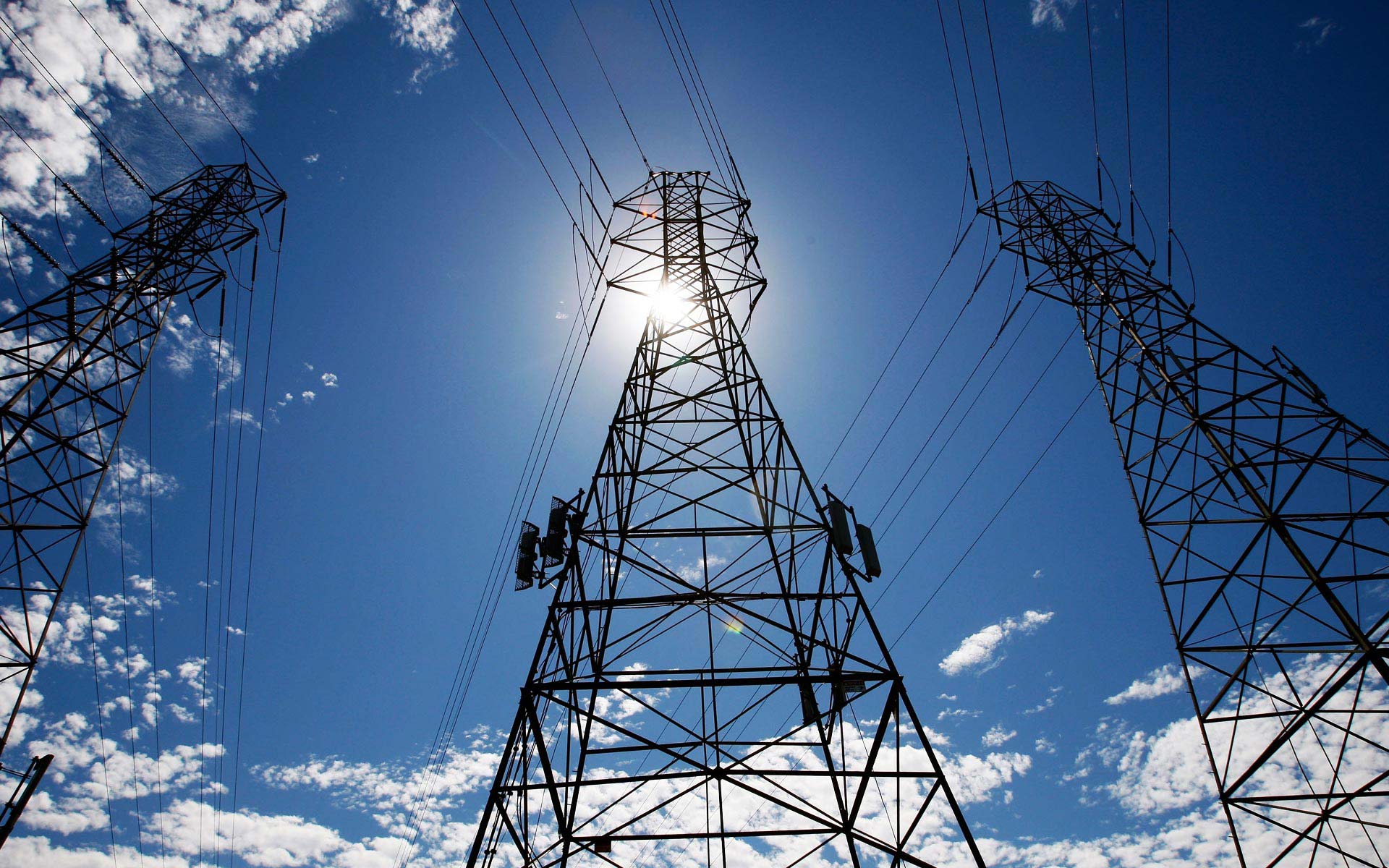Residential customers in Singapore are required by law to purchase their electricity from SP Group, an EMA-regulated market support services provider. In order to reflect the true cost of electricity, SP Group’s tariff is reviewed every quarter and regulated by the European Market Authority (EMA). The fuel cost and non-fuel cost are the two main components of this tariff. Commercial contracts link the price of imported natural gas to the price of crude oil. This fluctuates based on the state of the global economy. Electricity generation and delivery costs are not included in the non-fuel costs.

Fuel cost
During the first two and a half months of the previous quarter, the average daily natural gas prices are used to calculate this tariff component. Tariffs for natural gas are set based on the average price over the four-month period from April to June. As a result, the oil market’s volatility is lessened. As for the average consumer, this means more competitively priced electricity. In Singapore, 95% of its electricity comes from imported natural gas, and the price of natural gas is correlated to the price of crude oil. Contracts for natural gas are typically structured in this way in Asian markets.
📈🤖 Unlock unparalleled trading potential with GPT Stocks Master AI! Revolutionize your portfolio, leveraging real-time insights and predictive analytics. Don’t miss out – step into a world where precision and profitability meet. Ready to transform your trading journey? Click “Master My Trades” now for your exclusive access! ✨🚀📊
Non-fuel cost
This part of the tariff reflects the cost of generating and delivering electricity to consumers. It includes:
- The Cost of Producing Electrical Energy
The costs of operating the power stations, including human resources and maintenance costs, as well as the capital costs of the stations, are covered by this sum.
- Network cost
To compensate for the cost of delivering electricity through the grid, this will be implemented.
- Fee for Market Support Services
Recovery of the costs of bill and metre readings, data management and retail market systems, as well as marketing development efforts, are the reasons for such a measure.
- Market Administration Fees for Power System Operation
These fees are meant to cover the costs of running the power grid and administering the wholesale market.
As a result of rising fuel prices, Singapore is expected to see an increase in the tariff rate for electricity per kWh of 27.50 cents. With the advent of the Open Electricity Market, consumers now have more options when it comes to selecting an energy plan. Customers can save more money and get more benefits than they would with the SP electricity tariff while still getting the same high quality and dependability of electricity. With the retail competition keeping prices low, Singaporeans can choose the cheapest electricity plan that matches their usage patterns.. in Singapore.
Natural gas is used to generate about 95 per cent of Singapore’s electricity. Because of this, changes in the global energy market’s price have an effect on us. Due to unexpectedly high demand and a number of supply disruptions, the world has been in an energy crisis since September 2021. Liquefied natural gas prices peaked in early 2021 and were more than three times higher than they had been at the start of the year. This resulted in an increase in the price of electricity price in Singapore.
